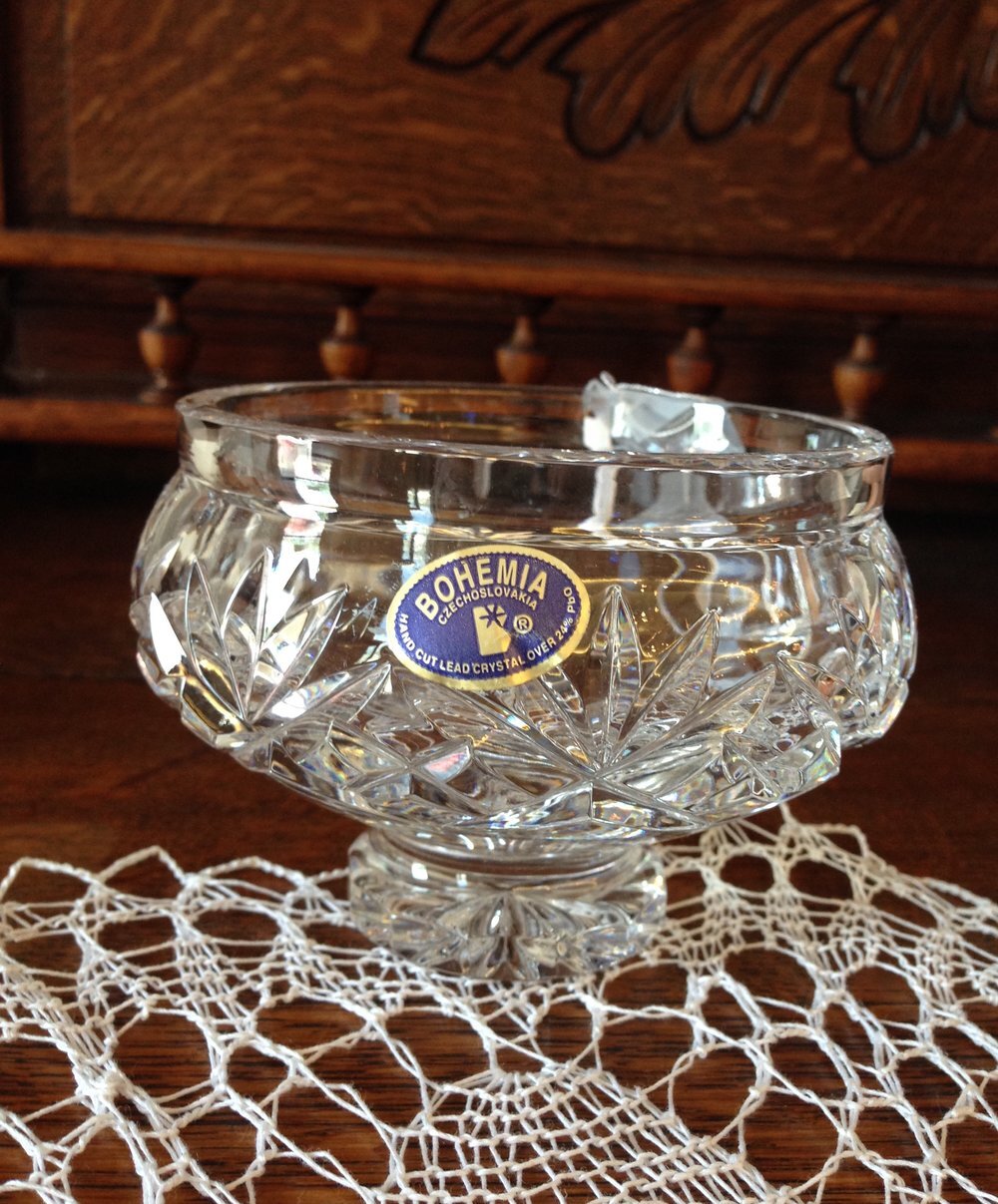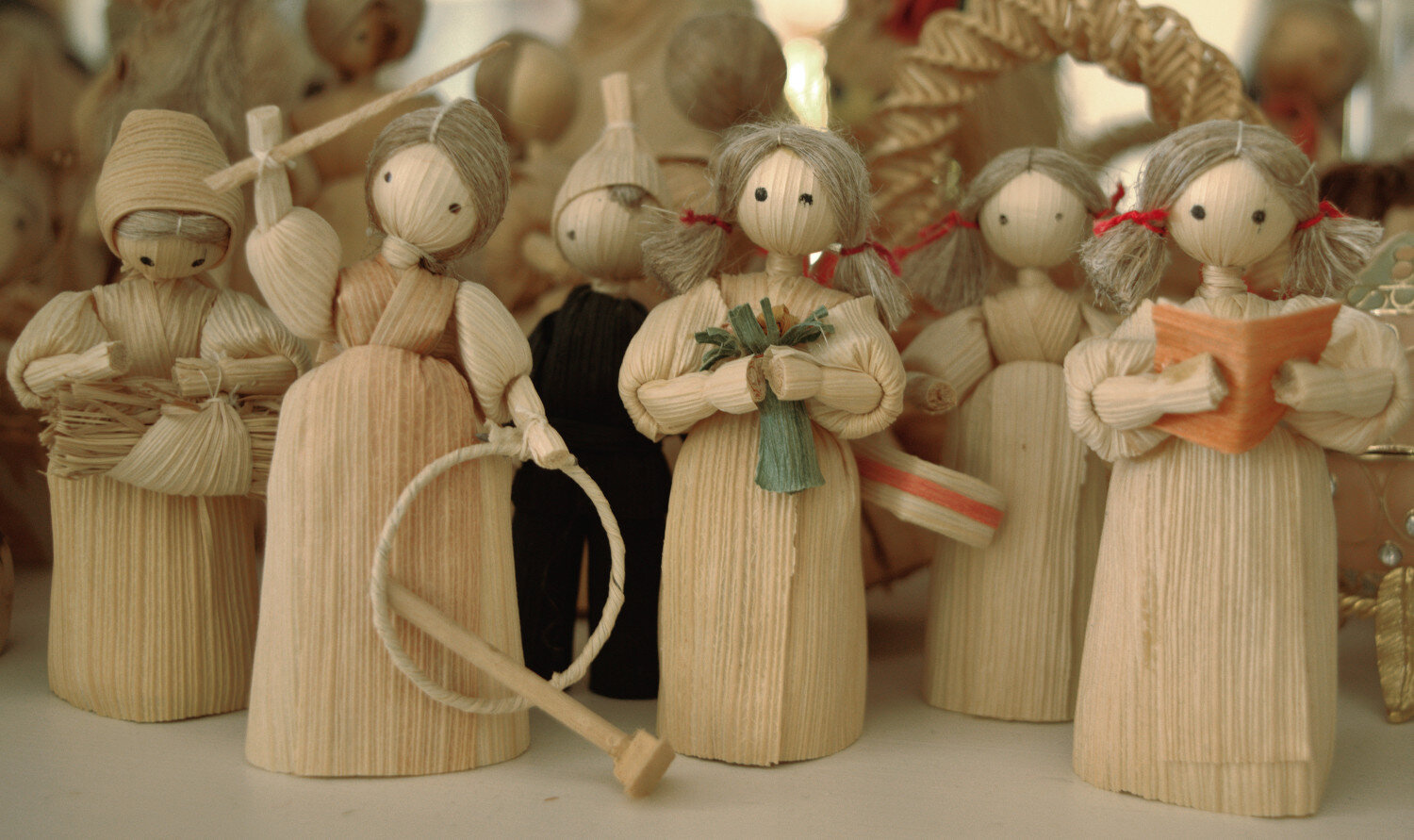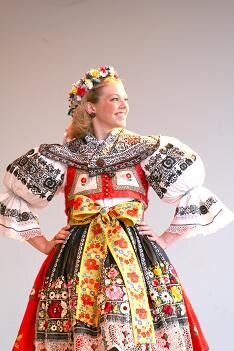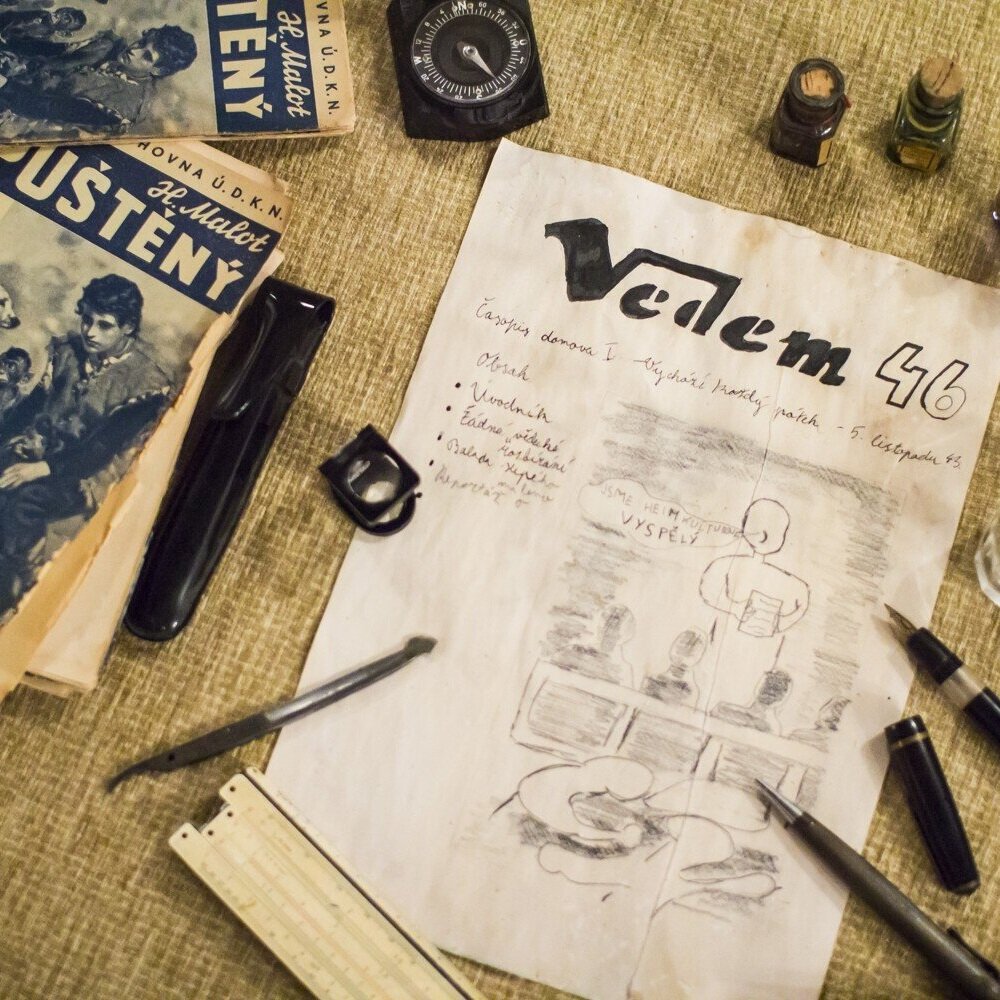Online Brochure
About the CCMH
Founded in 1996, and with a move to its current location in 2004, the Czech Center Museum Houston seeks to preserve, highlight, and spread awareness of Czech Heritage—in particular, the 19th and 20th Centuries—throughout one of the most diverse cities in the United States. The building was designed to replicate a traditional Czech villa with stained-glass windows and Bohemian Crystal chandeliers. The two pianos, manufactured by Petrof with a design dating back to 1864, can be used during concerts and events. The CCMH also serves as an Honorary Consulate General of Czechia and a rental venue for special occasions.
CCMH Collections
At the CCMH, the customs, history, highs, and lows of the Czech Republic are explored in detail. Throughout the Museum are artifacts including over 1,300 pieces of Czech pottery and glassware —symbols of freedom and unique culture— alongside traditional clothing (kroj) and relics, from an Easter whip (pomlázka) and cornhusk dolls to works of art nouveau and city landscapes by a former official White House painter. The collection has been meticulously curated to paint the most expansive view of history possible, and walking through the rooms is like walking through time itself.
The Czech People
The history of the Czech Republic spans 1,000s of years, back to the 6th Century B.C. and the first migration to Bohemia. Specifics of early settlement are shrouded in mystery, though legend tells of a man named Cech, who led a group of immigrants to the area and would go on to be the namesake.
Immigration to Texas
In 1848, Franz Joseph I (r. 1848-1916) succeeded Ferdinand I of Austria and pushed for a constitutional monarchy in the Austro-Hungarian Empire.
By 1850, a reverend, Josef Bergmann, arrived in Galveston, Texas, and wrote a letter praising the state with its low prices, ideal agriculture, and welcoming communities. A wave of Bohemian, Silesian, and Moravian farmers arrived in 1852 and had a particular concentration around central Texas' Hill Country.
The immigrants brought with them customs from home, including theatrical performances, painted churches, and kolaches (koláčes). Czech and other Eastern European immigrants also brought musical instruments such as the hammered dulcimer and the accordion (which has since become prominent aspects of genres like Tejano). Czech cultural identity is still strong in the Lone Star State: according to the 2000 Census, over 5% (187,729) of Texans claim Czech heritage, the largest in the nation. The 3rd floor of the CCMH has literature and images that further explores immigration.
Czechoslovakia
The Austro-Hungarian Compromise of Franz Joseph during the mid-19th Century gave autonomy to Hungary and transformed the Empire into the Dual Monarchy of Austria-Hungary. Eventually, nationalist tensions across Bohemia rose at the turn of the 20th Century and, in 1914, culminated in the assassination of Archduke Franz Ferdinand in Sarajevo, prompting the start World War I one month later.
By the end of the War and fall of the Austro-Hungarian Empire in 1918, Tomáš Masaryk became the first president of the newly-formed Czechoslovakia, eventually lauded as the "President Liberator" with his efforts to connect with allied powers.
World War II
World War II erupted in September of 1939, but by then, Czechoslovakia had already been under the control of Nazi Germany and was known as the "Protectorate of Bohemia and Moravia." However, Edvard Beneš would lead the Czechoslovak government-in-exile during the span of 1939-1945.
Czechoslovakia was profoundly impacted by WWII, with over 263,000 Jews murdered and over 325,000 when combined with other factions. Many were sent to Terezín, one of six concentration camps in Czechoslovakia, before being transported to the extermination camps.
We sent art into space
The CCMH has an exhibit on Terezín that showcases the stories of resistance, creativity, and loss of its inhabitants. Highlights include sections on the Vedem Magazine—a publication operated in secret by young boys —and a copy of a drawing from the camp that was later taken to space with a NASA astronaut.
Prague Spring 1968
In January 1968, the Prague Spring erupted and called for greater freedoms of the press, travel, and rehabilitation for survivors of Stalin's political purges. In April, Secretary Alexander Dubček expanded his reform program and granted autonomy to Slovakia, alongside a revised constitution. In August of the same year, the Soviet Union invaded and made Czechoslovakia a satellite state of the USSR.
The Velvet Revolution
Three decades later, in November of 1989, another non-violent popular uprising sprung up called the Velvet Revolution (or "Gentle Revolution"), resulting in the end of Communist rule and its command economy to the beginning of a parliamentary republic. In 1990, Czechoslovakia held its first democratic election since 1946, with voter turnout over 96%. Additionally, the revolt concluded with the "Velvet Divorce" of January 1, 1993, a relatively peaceful split between the Czech Republic and Slovakia.










